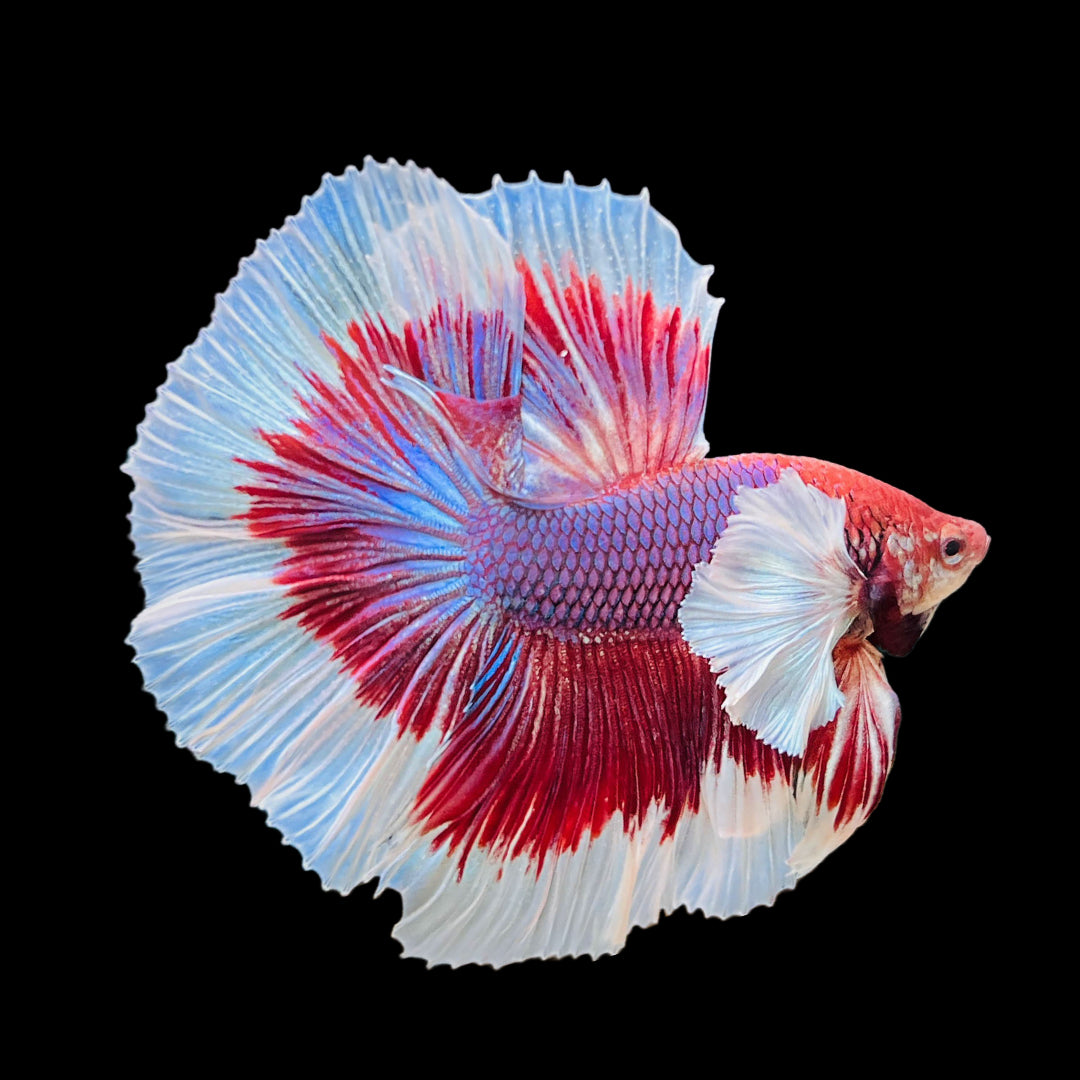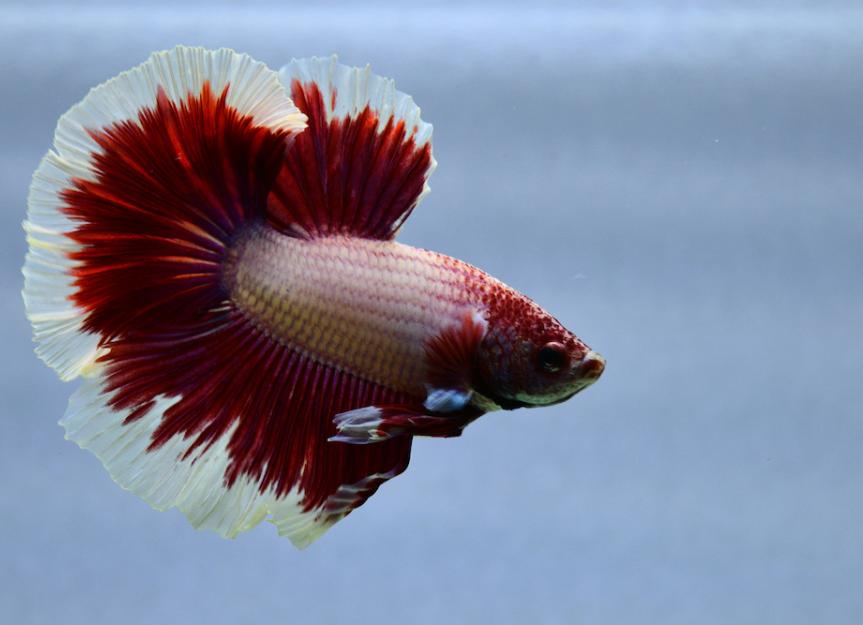Betta Fish Diet Plan: What to Feed Your Betta for Optimal Health
Betta Fish Diet Plan: What to Feed Your Betta for Optimal Health
Blog Article
How to Breed Betta Fish Successfully: Specialist Techniques and Insights for Hobbyists Aiming To Expand Their Betta Collection
Breeding Betta fish requires a nuanced understanding of genetics and environmental conditions, making it essential for enthusiasts to approach the process with both diligence and care. Producing an optimum breeding environment, picking the best sets, and observing the ins and outs of their courtship behaviors are foundational steps that can considerably affect the result.
Understanding Betta Fish Genes
Comprehending the genes of Betta fish is vital for successful reproduction, as it affects characteristics such as shade, fin form, and behavior. Betta fish display a varied range of shades and patterns, mostly identified by their hereditary make-up.
Along with pigmentation, fin morphology is an additional considerable facet of Betta genetics (betta fish). The form and size of fins are influenced by various genes, including those that determine whether the fins are short, long, or veil-shaped. Comprehending these hereditary variations assists breeders predict the phenotypic outcomes of their spawn
Additionally, behavioral traits such as aggressiveness and territoriality can likewise be influenced by genetics. These actions play a crucial function in the breeding process, as they can influence spawning success and the general character of the resulting fry. By adequately comprehending these genetic concepts, breeders can make enlightened choices, inevitably boosting their breeding programs and achieving desirable results.
Preparing the Reproduction Environment
Producing an optimal breeding setting is crucial for the successful recreation of Betta fish. The initial step in preparing this atmosphere is to choose an appropriate reproduction tank, ideally varying from 5 to 10 gallons. This dimension permits for sufficient swimming space and the facility of regions. The container must be furnished with a heating unit to maintain a steady temperature between 78 ° F and 80 ° F, which is vital for motivating generating behavior.
Following, take into consideration the use of a sponge filter or an air rock to provide mild water blood circulation without producing strong currents that can emphasize the fish. It is necessary to mount plants or breeding cones to use concealing spots and advertise convenience for the lady during the spawning procedure. Drifting plants, such as Java moss or water sprite, can additionally develop an extra all-natural setting while facilitating bubble nest structure by the male.
Before presenting the breeding sets, make sure the water is conditioned and totally free from damaging chemicals, such as chlorine or hefty steels. betta fish. Normal water modifications ought to be carried out to preserve ideal water quality, enhancing the chances of successful reproduction. With these prep work in area, the breeding atmosphere will certainly sustain the health and well-being of both Betta fish
Choosing Breeding Pairs
Picking the ideal breeding pairs is essential for accomplishing successful Betta fish recreation. Healthy and balanced Betta fish show vibrant shades, clear eyes, and active habits.
Temperament is another vital factor to consider, as Betta fish are recognized for their aggressive nature. It is suggested to choose a man and woman that show suitable characters to reduce stress and anxiety during the breeding process. A calm man linked here can encourage a smoother courtship, while a female that is also hostile might disrupt the procedure.
Genetic history additionally plays a significant role in the quality of the children. Reproducing fish that are genetically diverse can reduce the danger of hereditary health problems and boost the overall vigor of the fry. It is valuable to research the family tree of both the man and female, concentrating on desirable qualities such as fin type, color patterns, and size.
The Reproduction Process
The reproduction process of Betta fish needs careful planning and attention to information to make sure an effective end result. Originally, it is vital to prepare an appropriate breeding storage tank, ideally a 5-10 gallon fish tank with a temperature level preserved at 78-80 ° F. The tank ought to be geared up with a heating unit, filter (preferably sponge kind to prevent strong currents), and a lot of aquatic plants for the lady to conceal.
When the environment is set, introduce the selected reproducing set to the tank, allowing them to accommodate. Observe their behavior; the man will present intricate courtship rituals, consisting of flaring his fins and developing a bubble nest. If the woman shows passion, she will certainly present vertical stripes showing readiness for spawning.
When the female is responsive, both will engage in a mating accept, during which the male fertilizes the eggs. It is crucial to check their interactions very closely, as the man might come to be aggressive. After spawning, get rid of the female to stop possible injury. The male will tend to the eggs, which generally hatch within 24-36 hours. Keeping ideal water problems throughout this period is necessary for the advancement of healthy Betta fry.
Taking Care Of Betta Fry

Feeding Betta fry is critical, as they need a diet plan high in protein. Initially, they can be fed infusoria or liquid fry food, transitioning to finely crushed top notch pellets as they grow. Feed tiny sections several times a day to urge healthy and balanced development without straining the tank with leftover food.

As they grow, check their development carefully and separate any type of hostile people to stop injury. By supplying a supporting atmosphere and correct nourishment, hobbyists can efficiently raise Betta fry into vibrant, healthy fish, inevitably improving their reproduction endeavors.
Verdict
Successful Betta fish reproduction needs meticulous interest to genetic choice, ecological problems, and care for the fry. By recognizing the genes of Betta fish and preparing an ideal reproduction environment, enthusiasts can boost the opportunities of producing dynamic, healthy spawn.
Report this page